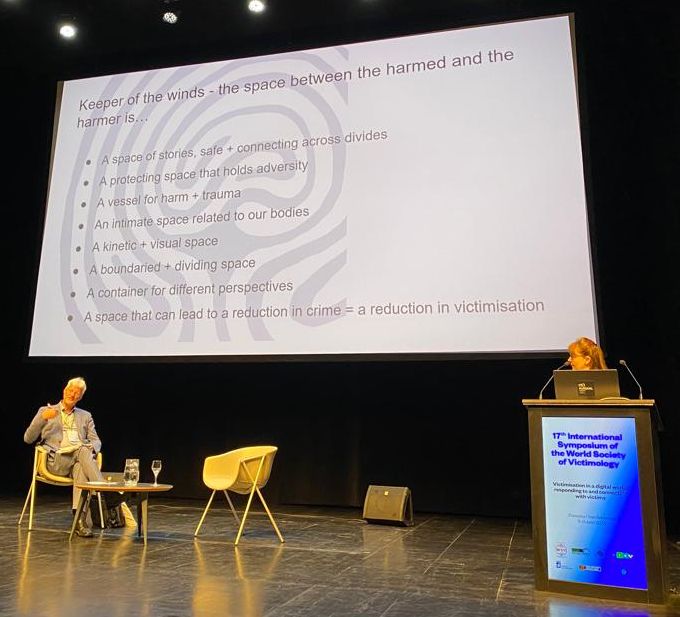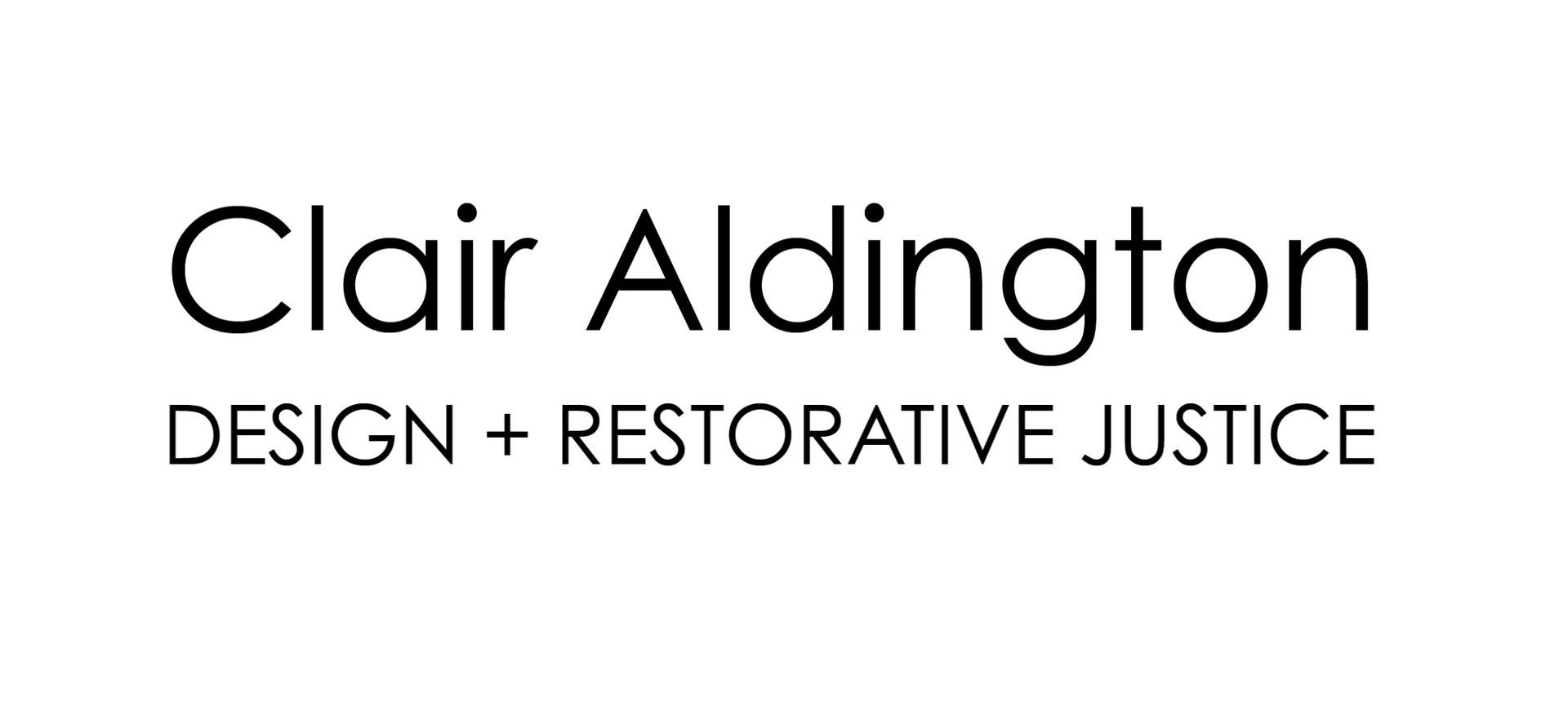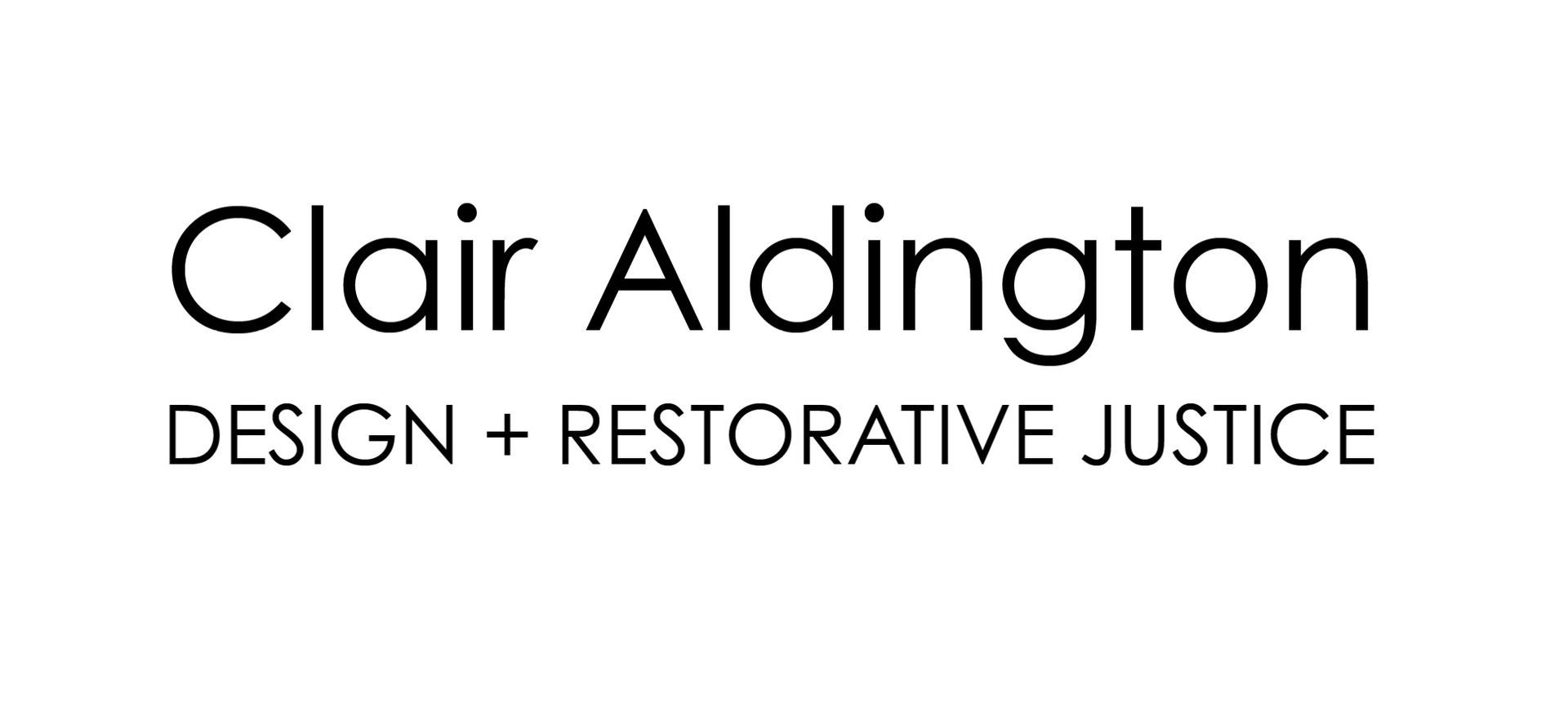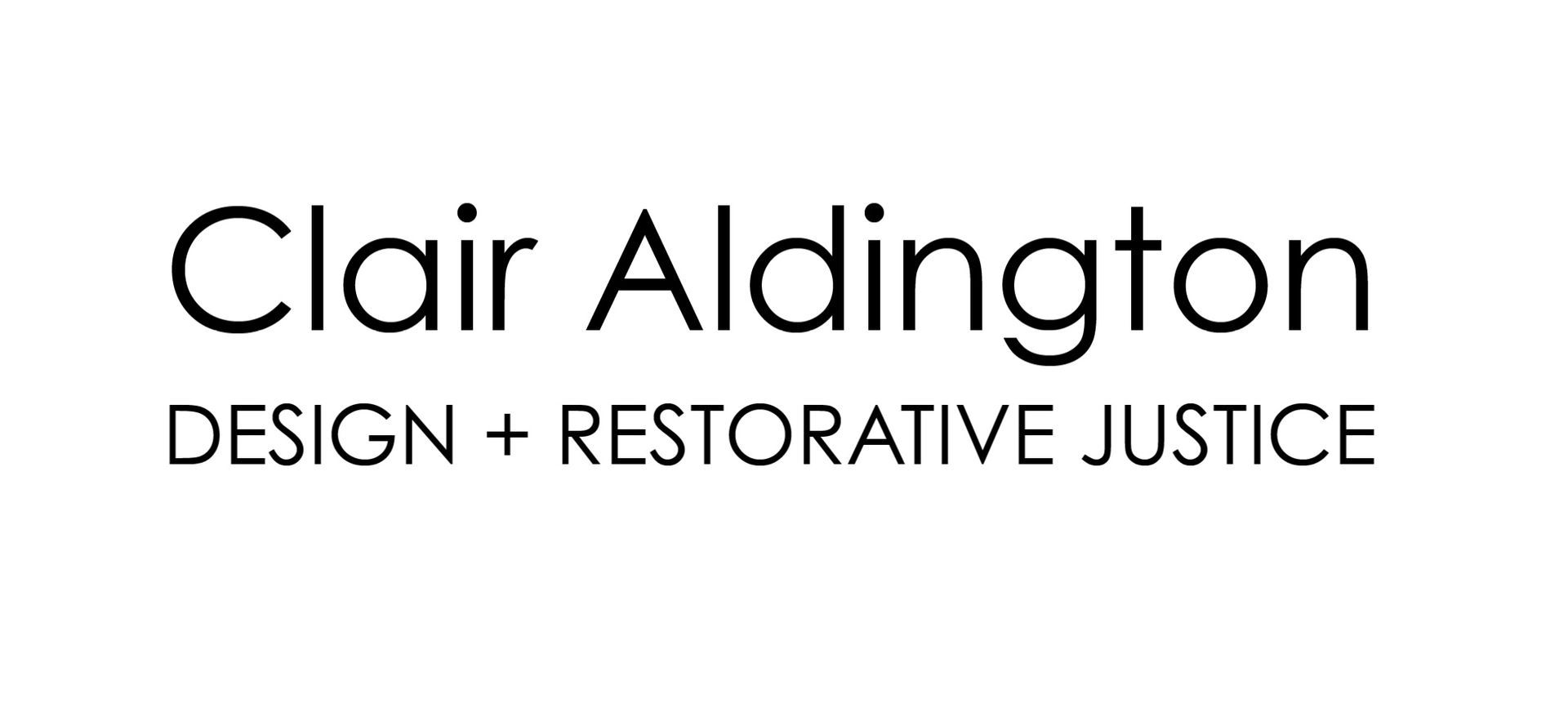Book chapter accepted for publication
Keeper of the winds; An exploration of the space between the harmed and the harmer in restorative justice encounters
A paper I delivered as a part of the plenary session on 8 June 2022 at the 17th International Symposium of the World Society of Victimology 2022 has been accepted for publication.
This is expected in the Spring of 2023 and is a peer reviewed book of a selection of papers presented at the conference by the plenary speakers and raconteurs.
The symposium was hosted in San Sebastián, Basque Country, Spain and their hospitality was incredible - Eskerrik Asko.

Abstract
This paper is an exploration with the reader of the space between the harmed and the harmer in the aftermath of crime. It is this space, marked by trauma, that becomes the business of the restorative justice encounter. Different facets of this space between are examined through the visual metaphor of the labyrinth as a keeper of the winds. As such, this paper is also an implicit interrogation of the visual form as an investigative tool for practitioners and researchers. Shared characteristics between the labyrinth and the restorative justice encounter are identified, apart from one - the visual and kinetic - this is demonstrated as missing from many of our western restorative justice practices. This is contrary to the well-documented understanding of visual imagery and movement as important tools for the articulation of trauma. Additionally, that verbal language struggles to properly capture trauma and, further, that trauma can limit a harmed person’s ability to learn languages, create a forgetting of language or even cause a retreat into silence. It is highlighted that these understandings are at variance with many current western practices of restorative justice that centre on participants possessing significant oral language competencies as the primary tools with which to express their victimization, trauma and remorse. In response, it is proposed that the use of more visual and kinetic elements within western restorative justice practices would enhance their transformative potential, alongside making such services more inclusive, culturally relevant and appropriate to many more of our communities. Evidence is drawn from the author’s own practice as an artist and designer as well as a restorative justice facilitator, and her recently completed PhD in design and restorative justice.





